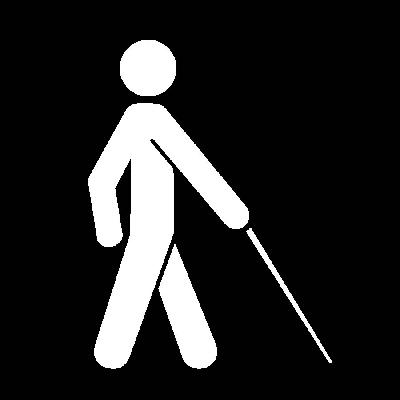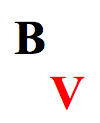The history of blind technology is quite short and undeveloped compared to many other fields of research. However, much recent advancement has given attention to blind technology and the potential of this field.
Before the 1800s, many who suffered from blindness were limited to an oral lifestyle. They only had the capability to perceive and create sounds, which although was not ideal, was still manageable in early history.
Up until the creation of a writing system and the Phoenician alphabet, sight was something that was not very important in society. It wasn’t until the world became more literate that those without the ability to see suffered heavily and felt lost.
One of the most simple and early tools used by blind individuals is the cane. Though this sounds very primitive, this was more or less the first tool used to assist the visually impaired. This simple idea was continually improved over time to make it more helpful and easier to use for the blind; now it has evolved into the white cane, which is a symbol of visual impairment across the globe.

Another sort of “technology” used to aid the blind is the use of animal guides to help the blind individuals. The idea was created in Germany during to help blind veterans returning from World War 1. Dogs were trained to assist their owners and protect their owners from harm.
Another widely used system of reading for the blind is called Braille; named after Louis Braille, who invented the system in 1824. Braille was blind at 15 and invented a system of dots to represent the alphabet.
These advances in technology for the aiding of the blind helped us to think of a way to let those that are blind to see. This led us to think of using glasses and connecting the visual cortex to a chip order to relay information from an outside camera to the chip, and then to the brain.












